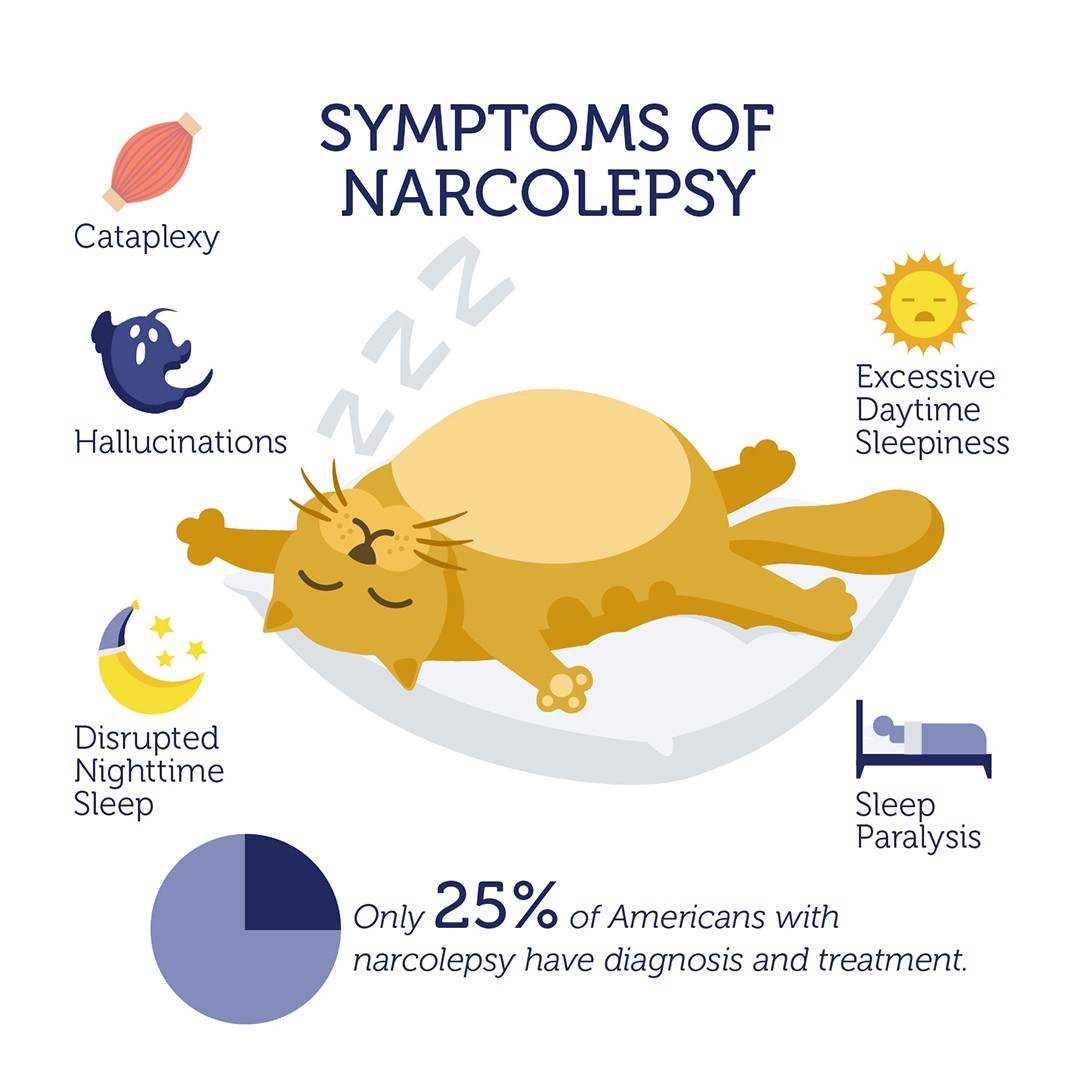
In cases with late onset narcolepsy with cataplexy, symptoms are. Because narcolepsy is an under-recognised disease, it is important that general practitioners and other primary health-care workers identify abnormal daytime sleepiness early. The usual age at onset of narcolepsy with cataplexy is in the second or third decade. Treatment is with stimulant drugs to suppress daytime sleepiness, antidepressants for cataplexy, and gamma hydroxybutyrate for both symptoms. Type 1 typically means that someone either has low levels of the brain hormone hypocretin or they have episodes of cataplexy, meaning. The cause of neural loss could be autoimmune since most patients have the HLA DQB1*0602 allele that predisposes individuals to the disorder. Narcolepsy with cataplexy is now known as type 1 narcolepsy. Pathophysiological studies have shown that the disease is caused by the early loss of neurons in the hypothalamus that produce hypocretin, a wakefulness-associated neurotransmitter present in cerebrospinal fluid. It ranges from mild cases, in which for example the facial muscles go limp, to severe forms.

The onset of narcolepsy with cataplexy is usually during teenage and young adulthood and persists throughout the lifetime. Cataplexy is the term for a brief temporary loss of muscles tonus. Sleep monitoring during night and day shows rapid sleep onset and abnormal, shortened rapid-eye-movement sleep latencies. It is characterised by severe, irresistible daytime sleepiness and sudden loss of muscle tone (cataplexy), and can be associated with sleep-onset or sleep-offset paralysis and hallucinations, frequent movement and awakening during sleep, and weight gain. Abstract Cataplexy is the pathognomonic symptom of narcolepsy, and is the sudden uncontrollable onset of skeletal muscle paralysis or weakness during. Narcolepsy with cataplexy’s two defining. Although cataplexy is rare, its recognition is important as in most cases, it leads to a diagnosis of narcolepsy, a disorder that still takes a median of 9. People with narcolepsy experience parts of the sleep cycle randomly, at the wrong times, throughout the day. In people with type 1 narcolepsy, the brain does not regulate sleep properly.


It can be triggered by emotional events, such as laughing, crying or fear, and is. Narcolepsy with cataplexy is a disabling sleep disorder affecting 0.02% of adults worldwide. Type 1 narcolepsy, also known as narcolepsy with cataplexy and narcolepsy-cataplexy, is a neurological disorder. Cataplexy is a sudden episode of muscle weakness that occurs while fully aware and conscious.


 0 kommentar(er)
0 kommentar(er)
